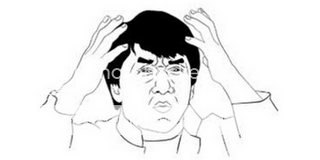G
Guest
Guest
Anyone ever produce a record or mix one with a limiter placed before the ouput?
I've read some stories of people doing this. But my thing is, if your limiting something that say peaks at -10db (due to the limiter) that isnt a real number. So you mix an entire piece (beat, music, instrumental) with that limiter then when you export as a wav or aif file it looks like THIS WITH very little peaks/valleys.
I've read some stories of people doing this. But my thing is, if your limiting something that say peaks at -10db (due to the limiter) that isnt a real number. So you mix an entire piece (beat, music, instrumental) with that limiter then when you export as a wav or aif file it looks like THIS WITH very little peaks/valleys.


